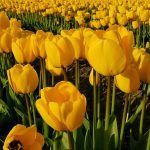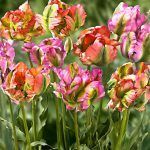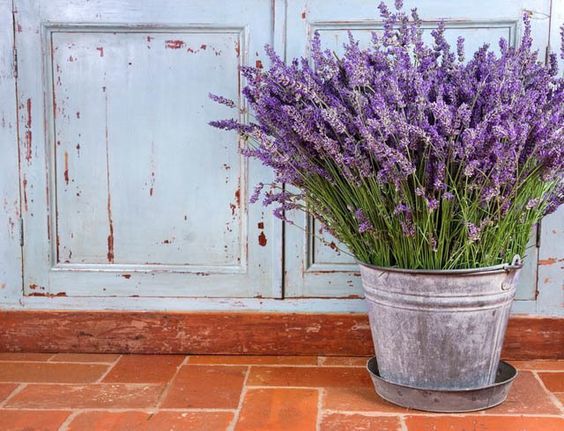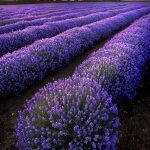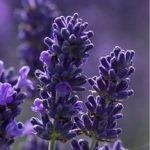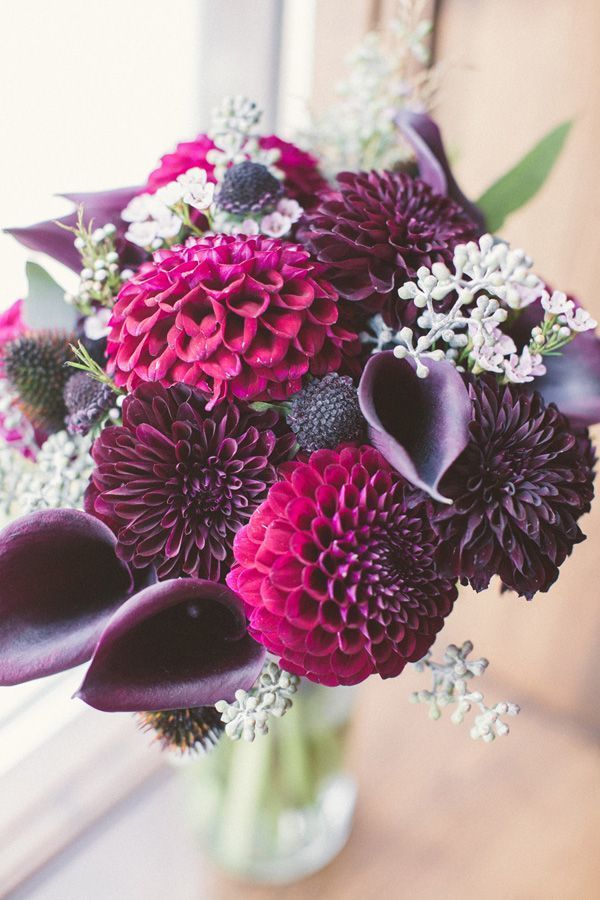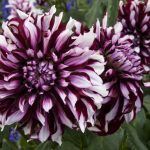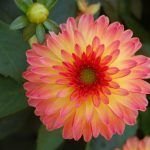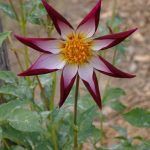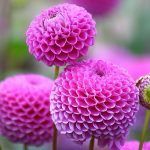Planning & Inspiration
Flower Feature: Tulips

Tulips via Flickr
Popular in home gardens worldwide, the tulip is an essential asset to many floral design recipes. Known for its wide range of colors, bright bulbs and symbolic value, the tulip flower is a fan favorite. In fact, tulips are the 3rd most popular flower in the world.
There are over 75 species of tulips, such as the Dutch tulip and parrot tulip. Tulips are available in a variety of shapes, dimensions and colors, making them extremely versatile.
- Tulips via Flickr 2
- Tulips via Bakker
Tulips were first recorded growing in the Ottoman Empire. The word tulip comes from the Turkish word for turban, due to its tall, round shape. Today, many recognize the tulip as the emblem of Holland. When roaming the streets of the Netherlands, beloved tulips play a significant role in the nation’s cultural traditions and are loved by locals and tourists alike. Tulips were first brought to the Netherlands in the sixteenth century. Flemish botanist Carolus Clusius wrote a book about tulips in 1592 and they suddenly became so popular that his garden was raided and bulbs were stolen regularly! As the years went by, the Dutch became so fanatically obsessed with tulips that bulbs became immensely expensive. Tulipmania, the name now given for this curious enthusiasm for tulips, peaked in 1637 and is considered the first example of an “economic bubble.” Buying one tulip bulb at that time would have cost you 10 times the average national income.
Read More
